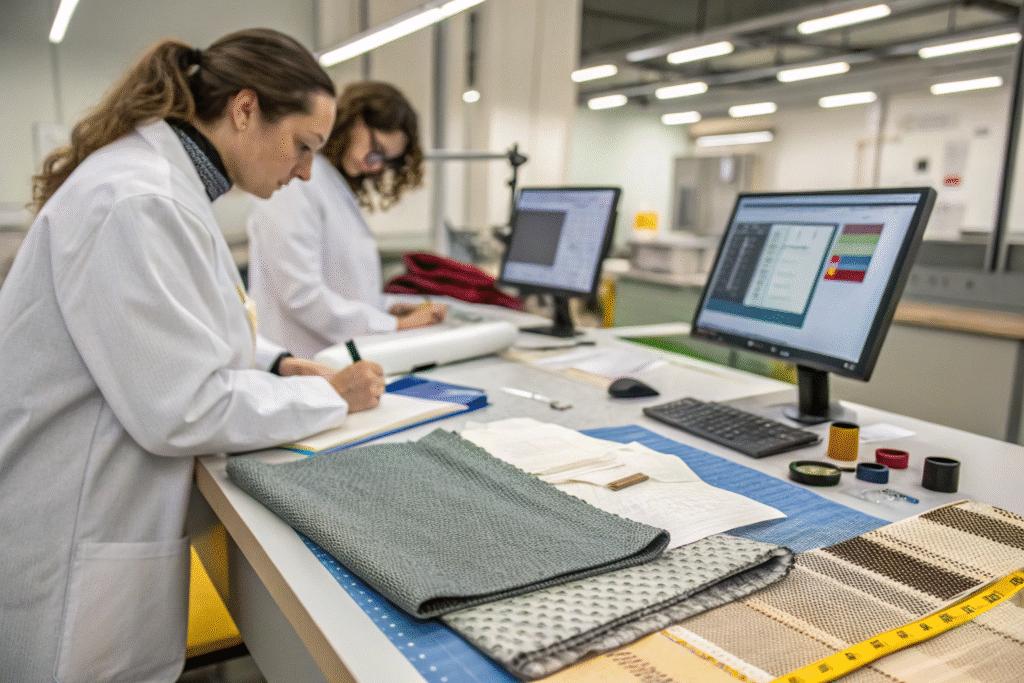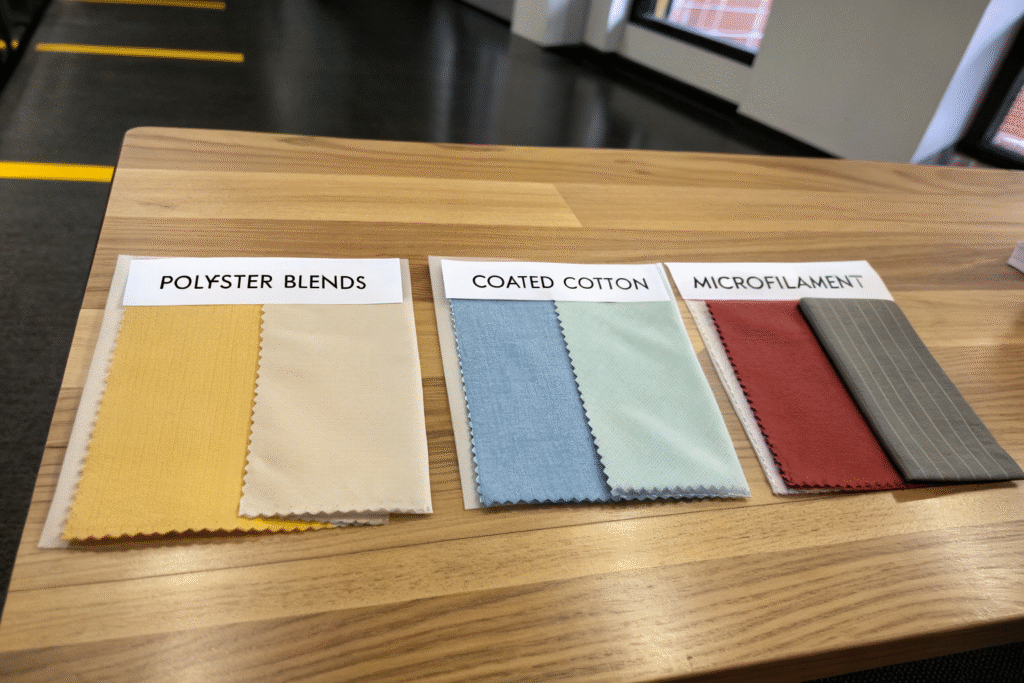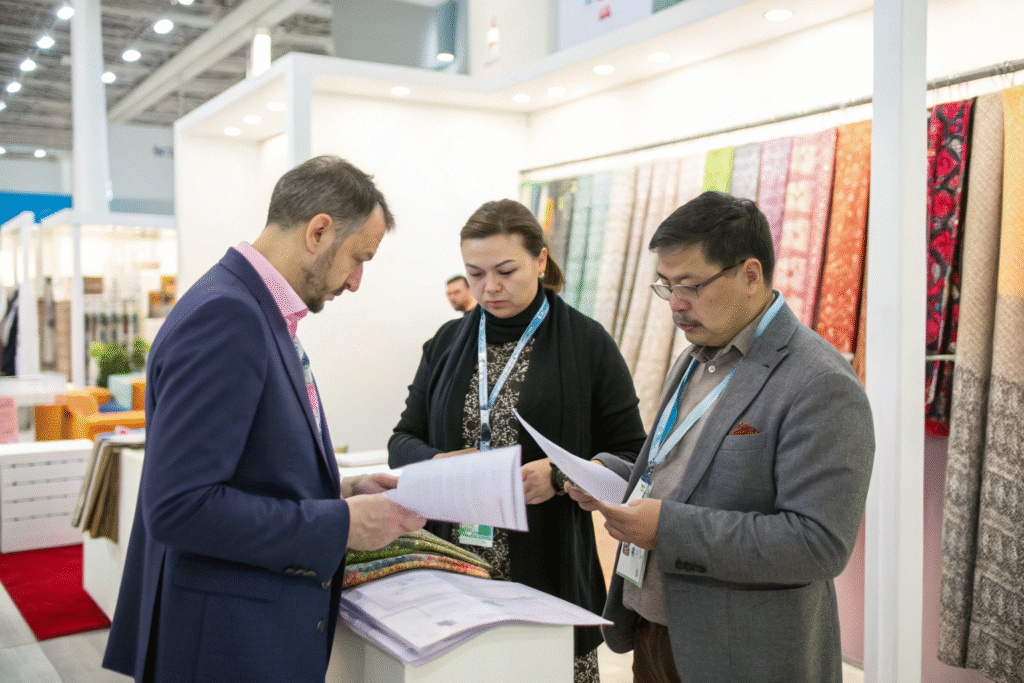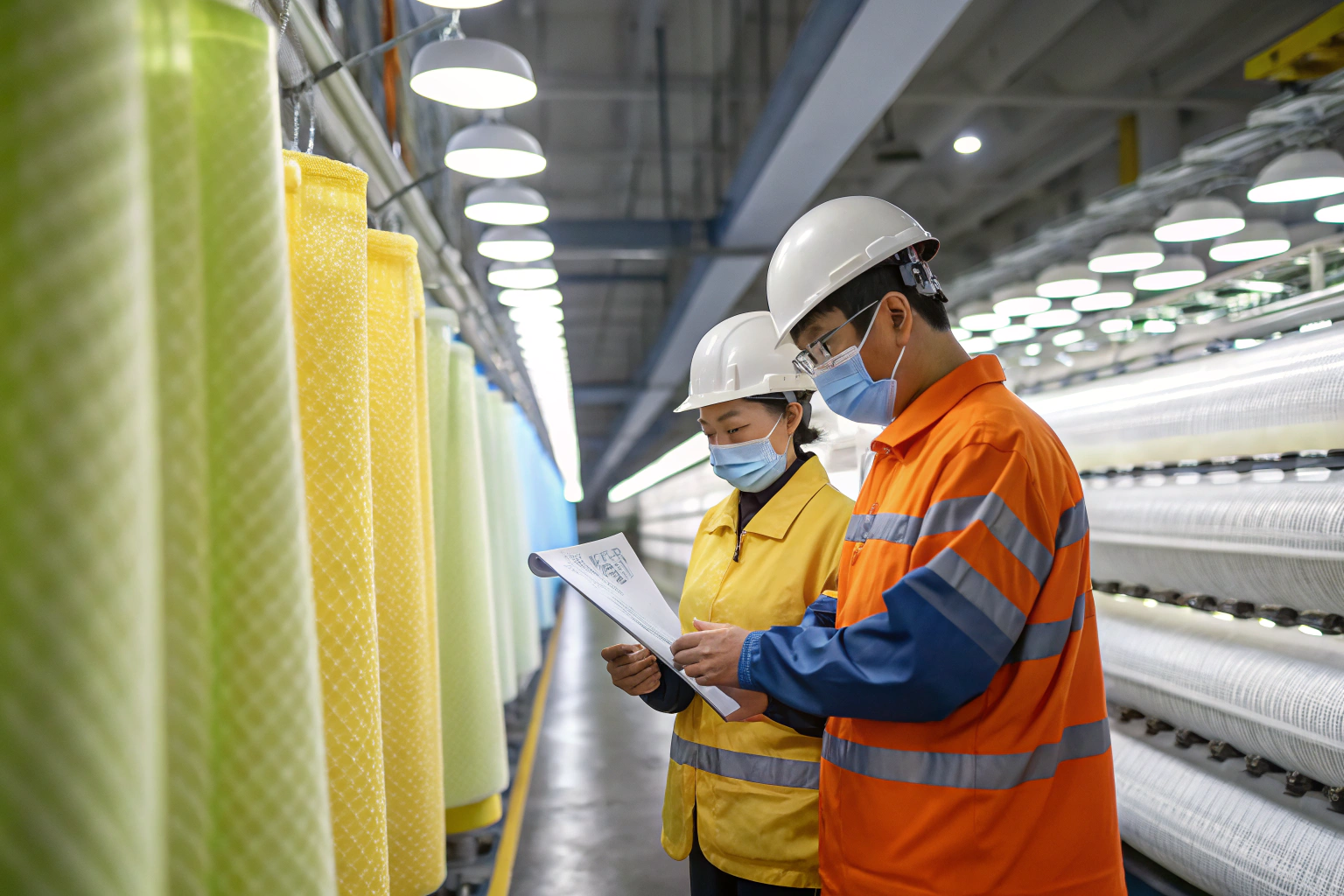In today’s rapidly changing industrial landscape, safety standards for protective clothing have never been more critical. EN 1073-2, the European standard for non-ventilated protective clothing against radioactive contamination, is one of the most stringent benchmarks in the textile industry. As a manufacturer in the heart of China’s textile capital, I have seen firsthand how selecting the right anti-radioactive fabric can mean the difference between compliance and risk. Many buyers struggle with understanding certification details, sourcing high-quality materials, and finding suppliers that can deliver both safety and cost efficiency.
If you are sourcing EN 1073-2 certified fabrics, the best options are those that combine high filtration efficiency, durability, and wearer comfort—achieved through specialized weaves, coatings, and fiber blends. These fabrics are typically tested for particle protection, tensile strength, and resistance to radioactive dust penetration.
The challenge for most procurement managers is not just finding EN 1073-2 certified fabrics, but ensuring they meet project-specific performance needs. The market is flooded with low-cost options that often lack full certification or fail durability tests. This is where having a trusted, experienced partner with a robust supply chain—like us—becomes a game changer.
Key EN 1073-2 Standards for Protective Fabrics
The EN 1073-2 standard outlines performance requirements for protective clothing designed to shield workers from radioactive particulate contamination. It applies to non-ventilated garments, focusing on particle protection rather than ionizing radiation shielding.
EN 1073-2 requires fabrics to be tested for inward leakage, particle retention, tensile strength, and seam integrity. The testing process ensures that the garments maintain their protective function even after repeated use and cleaning.

While EN 1073-2 does not address gamma or X-ray protection, it is vital for industries such as nuclear power, decommissioning sites, and medical isotope production, where airborne radioactive particles pose a major risk.
What Tests Are Required for EN 1073-2 Certification?
EN 1073-2 testing involves particle penetration assessment using defined dust sizes, tear and tensile strength measurements, and seam performance evaluations. Laboratories such as SGS and Intertek are commonly used for independent verification.
How Does EN 1073-2 Differ from Other Standards?
Unlike EN 943 (chemical protection) or EN 14126 (infective agent protection), EN 1073-2 is specialized for radioactive dust. A comparison chart of standards shows distinct test criteria, making it crucial to choose fabrics that specifically meet EN 1073-2 for radioactive environments.
Top Materials Used in Anti-Radioactive Clothing
EN 1073-2 compliant fabrics often combine synthetic microfibers, tight weaves, and protective coatings. The goal is to create a barrier that blocks radioactive particles while allowing for breathability and comfort.
The most effective fabrics for anti-radioactive clothing include polyester microfilament fabrics with polyurethane coatings, laminated nonwoven composites, and high-density cotton blends treated for particle repellency.

These fabrics are engineered to withstand repeated industrial laundering without losing protective qualities, a key requirement for industries with strict hygiene protocols.
Which Fibers Offer the Best Particle Protection?
Polyester microfilaments excel due to their fine yarn structure and tight weave, which can trap particles effectively. Coated cotton also performs well in certain applications. Suppliers like DuPont and Toray provide base materials that many garment makers adapt for EN 1073-2 use.
Are Laminated Fabrics Worth the Investment?
Laminated fabrics, such as nonwoven-polyester combinations, offer enhanced durability and particle protection. While they may have a higher upfront cost, studies from Oeko-Tex indicate they retain performance longer, reducing total replacement expenses.
How to Choose the Right Supplier for EN 1073-2 Fabrics
Choosing the right supplier involves evaluating certification authenticity, production capacity, and supply chain reliability. For buyers in high-risk industries, any delay or quality compromise can be costly.
Work with suppliers who not only have EN 1073-2 certification but also offer transparent test reports, quality control measures, and logistics support.

A strong supplier should also have the flexibility to meet urgent orders and provide technical advice on fabric applications.
What Questions Should You Ask Before Ordering?
Ask for recent test certificates from recognized labs, sample reports, and references from existing clients. Review their ISO 9001 quality management certification, and request details on lead times and minimum order quantities.
Why Is Local Supply Chain Integration Important?
Suppliers with integrated weaving, coating, and inspection facilities—like those in Keqiao—can deliver faster and maintain consistent quality. Platforms such as Alibaba can help you verify supplier capabilities before committing.
Maintenance and Lifespan of Certified Fabrics
Even the best EN 1073-2 fabrics will lose their protective qualities without proper care. Maintenance protocols directly affect the lifespan and safety performance of protective garments.
Follow manufacturer-recommended cleaning procedures, avoid harsh chemicals, and conduct regular inspections to ensure fabric integrity.

Organizations should establish strict garment rotation systems and replace any items showing damage, seam failure, or reduced filtration efficiency.
How Often Should Protective Garments Be Replaced?
Replacement schedules depend on usage intensity and laundering frequency. The HSE guidelines recommend replacing garments once filtration efficiency drops below certified levels.
Can Repairs Compromise Certification?
Improper repairs can compromise seam sealing and particle protection. It is best to use authorized service providers or the original manufacturer, as advised by European Safety Federation.
Conclusion
EN 1073-2 certified anti-radioactive fabrics are essential for protecting workers in environments where airborne radioactive particles are present. By understanding the standards, choosing the right materials, partnering with certified suppliers, and maintaining garments properly, organizations can ensure both safety and compliance.
If you are ready to develop or source your own EN 1073-2 certified fabric line, we at Shanghai Fumao can help from design to delivery. Contact our Business Director Elaine at elaine@fumaoclothing.com to discuss your production needs and get a tailored solution.










